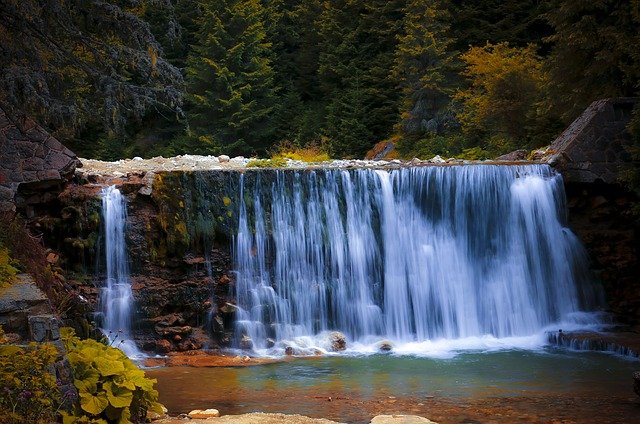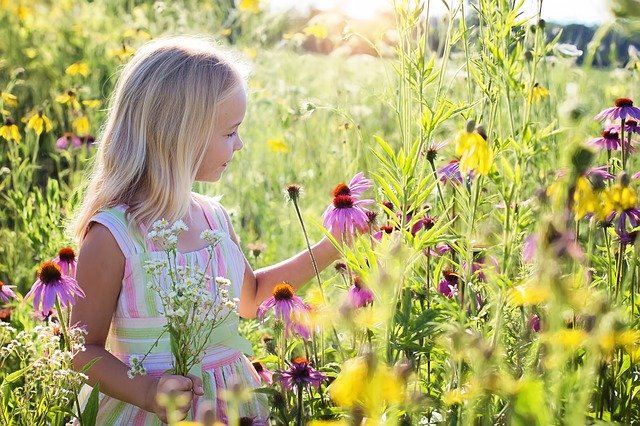Mark Coleman in one of his nature meditation podcasts highlights the role of rain and its interconnectedness with other elements of nature and human life. He was recording the meditation while standing on a mountainside with mist, coldness and dampness resulting from recent rains. His meditation focused on rain and its beneficial effects for nature and humans.
He spoke of rains reducing the risk of fire, energising the earth and filling rivers inviting the annual migration of salmon from the sea to the rivers in California. He described the rain as “drops of interconnectedness” and explained how clouds evaporate and produce rain, hail and snow which feeds the creeks, rivers and ponds and brings new life to many living creatures. Mark spoke of the “gift of water” that we take so much for granted and he described the earthy smell after the rain has fallen and left its moisture on an otherwise parched earth.
Mark drew on Mary Oliver’s Poem, Last Night the Rain Spoke to Me, to highlight the interconnectedness of rain and the sky, trees, plant life and ourselves as humans living in nature under the stars. We see the life-giving nature of rain after it falls on dry and browning grass. It always amazes me how a seemingly dead stretch of grass can come to life and appear beautifully green after overnight rain. We can see indoor plants that are wilting with leaves that are browning or yellowing on the edges suddenly come to life and thrive when placed in the rain.
Rain, in Marks’ words, are part of the “fabric of connection” that is foundational to the natural world and our human existence. He reminds us that plants breathe out what we breathe in and breathe in what we breathe out – they are like our external, earthy lungs, enabling a vital relationship between humans and trees.
The Earth Law Center discusses other areas of interconnectedness that impact our human existence, e.g., the role of Krill in the marine ecosystem and fungi in the forest ecosystem. They highlight that a growing awareness of the interconnectedness of ecosystems and human life has helped people modify their behaviour and contribute to protecting the environment – they describe the new environmentally aware behaviours as “nature connectedness behavior” and list consumption of organic products and a vegan diet as elements of this enlightened behaviour.
Reflection
We pursue our busy lives so often without an awareness of our interconnection with nature and each other. As we stop, listen, and learn, we can become more conscious of this interconnectedness and its many dimensions. As we grow in mindfulness through nature meditation and experiencing silence in nature, we can begin to understand, appreciate, and value this interconnectedness. Otherwise, we can continue blindly damaging our life-giving ecosystems that we rely on for our very breath and continued existence.
__________________________________
Image by Steve Buissinne from Pixabay
By Ron Passfield – Copyright (Creative Commons license, Attribution–Non Commercial–No Derivatives)
Disclosure: If you purchase a product through this site, I may earn a commission which will help to pay for the site, the associated Meetup group, and the resources to support the blog.



